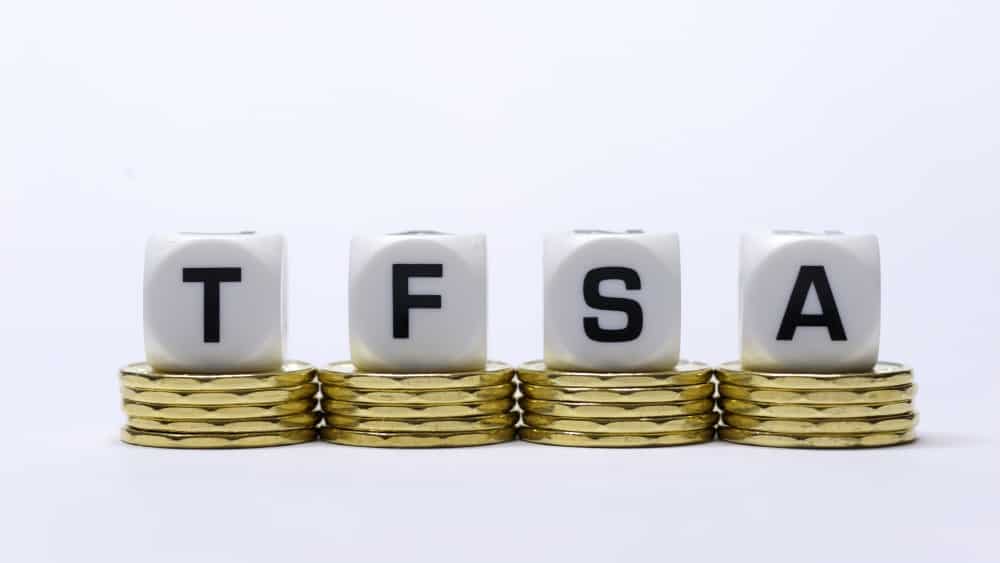Did you know that the Canada Revenue Agency (CRA) considers your Old Age Security (OAS) and Canada Pension Plan (CPP) as pensionable income?
Under the Canadian tax law, your CPP and OAS can count as any other taxable income. While deductions and tax credits can somewhat offset the taxes, you will still need to pay a portion of your cumulative retirement income to the CRA in taxes.
It might seem unfair to pay even more tax after you retire for programs that you have paid for your entire life. The CRA could not be bothered by that. Fortunately, there are ways you can significantly reduce how much taxes you pay on your pension programs.
While it’s impossible to stop the CRA from taxing your CPP and OAS entirely, you can use intelligent investing moves to reduce your taxable income and offset the out-of-pocket expenses for your tax bills.
Focus on investing in a TFSA
The Tax-Free Savings Account (TFSA) is more than a mere savings account. Used properly, the TFSA can be a powerful investing tool. Earnings of any kind from investments that you make in your TFSA are considered tax-free. The CRA can’t count any of your TFSA income as taxable. It means that any capital gains, dividends, and interest income in your TFSA can continue growing your wealth without letting the CRA touch a penny.
TFSA earnings don’t affect your OAS or CPP payments. Investing outside the TFSA would mean that your investment income could force you to repay some of your pension benefits because the income would be calculated as part of your taxable retirement income. Focusing most of your capital on investing in a TFSA can significantly reduce your overall taxable income and reduce how much of your pensions you might need to repay in taxes.
Substantial tax savings through tax-free investment returns
Investing in a TFSA can let you save big on taxes and on the repayments you would otherwise have to make. Using the right investments in your TFSA can help you earn a lot of income. You need to look for high-quality income-generating assets that you can add to your TFSA dividend income portfolio for substantial and reliable returns.
Bank of Montreal (TSX:BMO)(NYSE:BMO) could be an excellent asset to use as the foundation for such a TFSA portfolio. BMO began paying its shareholders their dividends in 1829. The Canadian bank has continued sharing a part of its profits with investors every year since. This centuries-long dividend-paying streak has survived through several financial and geopolitical crises, including the pandemic.
The bank has a significant presence in the U.S., providing investors with good exposure to revenue from the American economy. Its wealth management and capital markets operations provide BMO with a balanced revenue stream, along with its personal and commercial banking business units.
Foolish takeaway
Staying invested in the bank for the long run could effectively help you generate substantial tax-free income that will not affect your overall retirement income calculated by the CRA for taxes, significantly reducing your tax bills. With tax-free withdrawals from your TFSA, you can reduce your out-of-pocket expenses during tax season by using your TFSA earnings to pay the tax bills.










